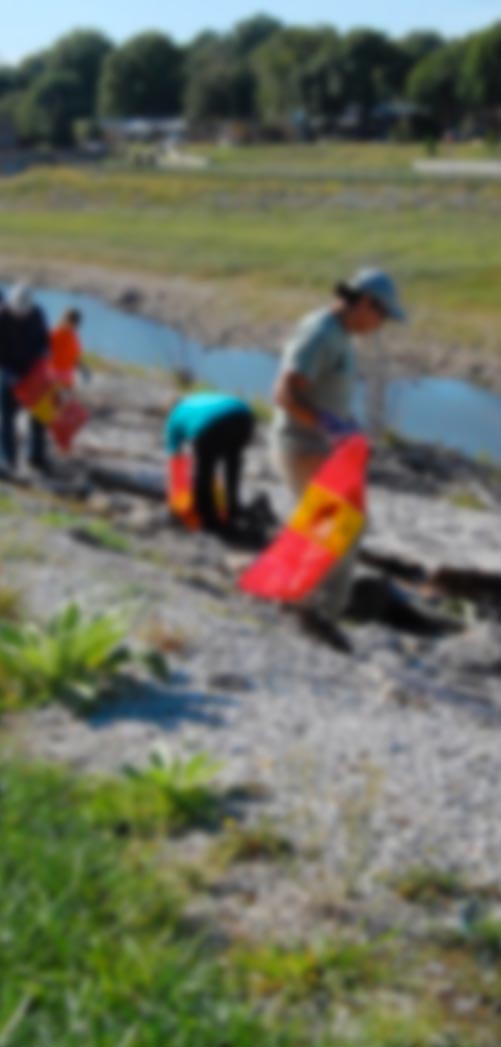Hawke’s Bay has benefitted from another big season of planting this year thanks to landowners, community groups, schools, individuals and Council staff all doing their bit. Around 26,000 native plants and 12,000 exotics were added to country parks and river reserve areas during the planting season from May to September.
Many people in the community are committed to enhancing the region’s environment. Planting days organised by HBRC attracted good numbers of people of all ages, while other organisations also held planting events involving their members and the public.
“It takes some commitment for volunteers to step out in the cool, damp months to dig holes, plant up along rivers and in bush areas,” says Liz Lambert, HBRC’s Interim Chief Executive. “The region is the better for it and we thank them for their hard work in helping to enhance places for all of us to enjoy.”
In the Country Parks and open spaces managed by HBRC, the plantings serve aesthetic, erosion control and biodiversity purposes.
“Added to this are the ‘invisible’ planting programmes which happen every year on private land and reserves, helped along willingly by farmers, community groups, schools and organisations. We have a lot of people to thank for adding to the biodiversity of Hawke’s Bay’s landscape, the health of our waterways and increasing much needed shade and shelter,” says Mrs Lambert.
Community Planting Achievements
Karamū Stream was the focus of most of Hawke’s Bay Regional Council’s community planting events this winter. About 12,000 mixed natives were added to a 3km stretch near Ruahapia Road thanks to those involved in a community planting day, a corporate planting day and a Forest and Bird Kiwi Conservation Club event. Flaxmere College students and Genesis Reforestation volunteers planted 3,000 mixed natives downstream of Havelock Road Bridge, while further upstream at Pakipaki, a Ngā Whenua Rahui planting was completed with HBRC support.
At Waitangi Wetlands 1,400 trees were planted on the left bank of the Clive River thanks to the Hohepa Community.
At Pekapeka Wetland 1,000 mixed natives were infill-planted by school children to replace trees lost in the summer drought. Forest and Bird members have also stepped up to assist with weeding and planting at the wetland on a long term basis. Forest and Bird have also planted 700 flowering and nectar-producing trees at Tūtira to ensure a year-round food source for the beehives which harvest the mānuka plantation. This was part of the Trees for Bees programme. Also at Tūtira, children from five Hawke’s Bay schools planted 1,800 trees and shrubs during the popular Conservation Week schools planting event.
In Central Hawke’s Bay, Lindsay Bush benefited from a community planting day, while in the Wairoa District wetlands and bush areas continue to be planted and cared for by local people.
Other Planting by HBRC
During winter HBRC also planted hundreds of trees for flood protection along the rivers and as erosion control on HBRC owned land, including 80,000 high UMF Manuka trees at Tūtira Country Park.
